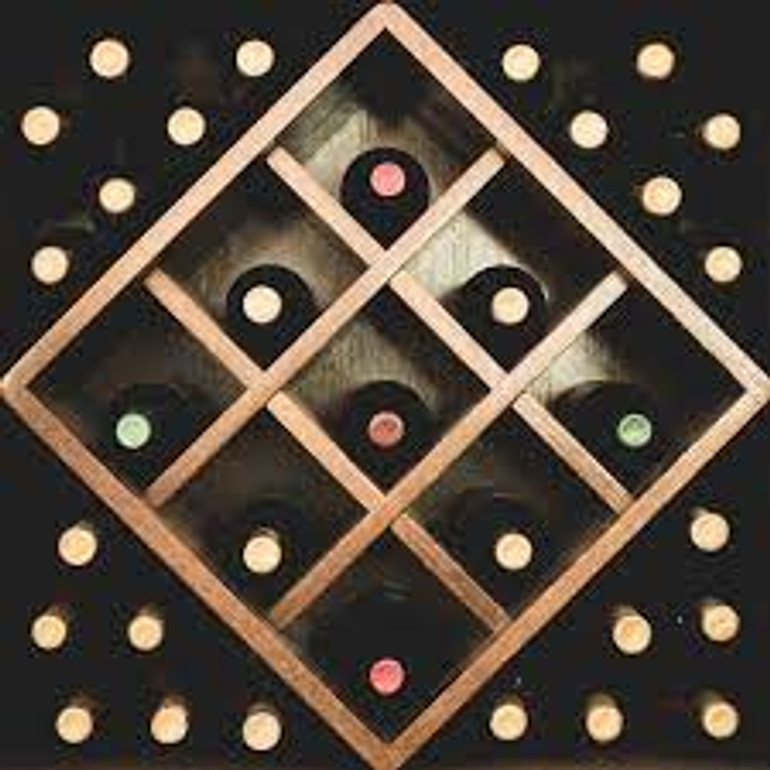Collecting wine can be a highly personal thing…or it can be approached with the technical dispassion of trading stocks and securities. Every collector has their favorites and biases, and every collector has an opinion on what should be included. For example, someone may think it’s critical to have a signed baseball card from every Hall of Fame player from all the way back to the beginning to have a “good” collection. Others simply focus on things from their favorite team. Wine is no different. So where should someone begin?
Keep in mind, old wine does not necessarily equal better wine. You need to find out if you even like aged wines. They lose the fruit-forward nature of younger wines and become more savory and layered, with earthy and elegant aromatics. Some feel this is too “dried out” tasting, so bear this in mind. There’s also a chance the wine could develop a fault, often due to nothing you could control. Not even perfect cellar conditions can ward off cork taint (2,4,6 trichloroanisol if we’re being technical).
Here are five things you should consider:
-
Decide your goals.
-
What grape varieties?
-
Consider vintages.
-
What is your budget?
-
Equipment needs.

